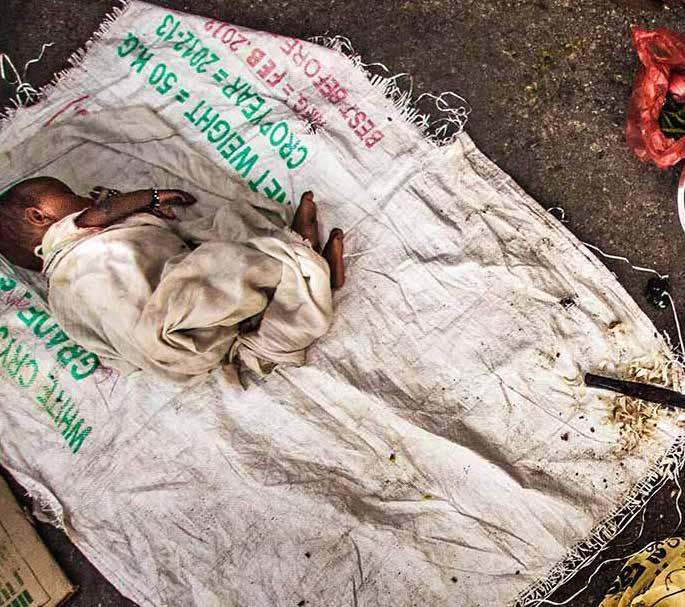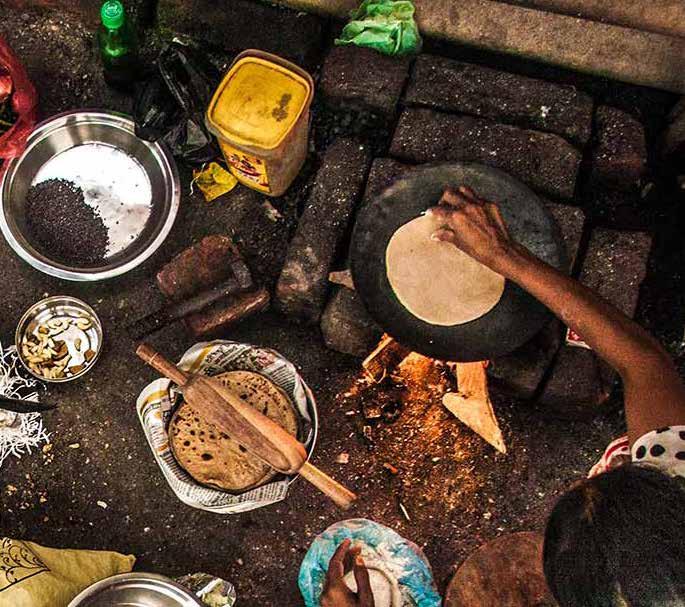
2 minute read
Cry out for housing and sanitation
A b ttle th t we c nnot fford to lose
The biggest challenge that governments across the globe face today is that of the poverty. Sustainable Development Goals (SDGs) has marked it on top priority. It is the biggest challenge that humanity is facing even today. Poverty alleviation programs have shown some results across the globe but the fact remains that too many are still struggling for basic human needs
Advertisement
apid progress in developing countries like India and China have lifted millions out of poverty, yet millions and millions survive on less than two dollars a day and R
lack sanitation, clean drinking water, and food. South Asia and Sub-Saharan Africa are the most affected by this menace. They account for almost eighty per cent of the total population living under poverty. The new challenges like climate change, food security and conflicts have made the task of bringing people out of poverty even bigger.
A United Nations report says that ‘SDGs are a bold commitment to finish what we started and end poverty in all forms and dimensions by 2030. This involves targeting the most vulnerable, increasing basic resources and services and supporting communities affected by conflict and
climate related disasters properly’. The question is how to deal with it?
The Cha lleng e The reports are conflicting and we very often do not get the actual figures. But according to a UN report ‘the world attained the first Millennium Development Goal target - to cut the 1990 poverty rate in half by 2015 - five years ahead of schedule, in 2010’. A World Bank report of 2015 says that in 2015, one in ten people was living on less than USD 1.90 a day. While in 1990 more than a billion people were living under extreme poverty, the figure in 2015 was 736 million. The WB projections also put an alarmist

situation and show that if we continue down a business-as-usual path, the world will not be able to eradicate extreme poverty by 2030. The biggest sufferers of poverty are children. Nearly 29000 children die every single day from preventable causes such as diarrhoea, malaria, neonatal infection, pneumonia, preterm delivery, or lack of oxygen at birth – which are more often than not highly correlated with poverty.
Why is t his import ant ? This becomes important as on one hand poverty is about lack of income and access to resources, it also manifests itself in diminished opportunities for education, in social discrimination and the inability to participate in decisionmaking processes. In developing countries, for instance, children in the poorest households are four times less likely to be in school than those of the richest. Extreme deprivation is not just about lack of well-being and opportunity; it is a question of survival itself. In Latin America and East Asia, the poorest children are three times more likely to die by age 5 than the richest.
ddressing t he problem Ending poverty in all its forms is the










